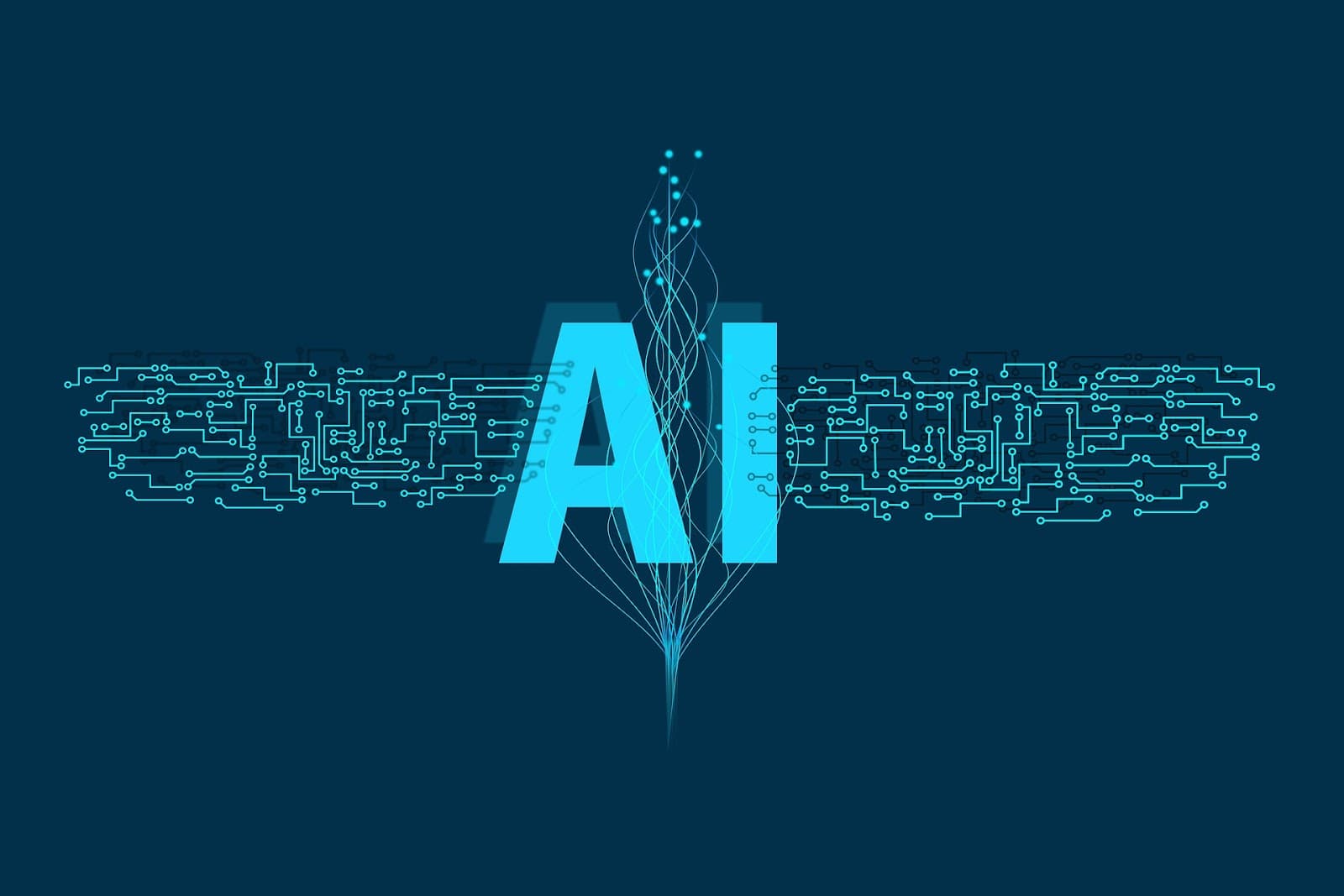
The Future is Here: How the Internet of Things is Changing Business
The Internet of Things (IoT) is inspiring startups to create businesses, and established companies to create new business processes and even business models. Connected devices provide more information for better next-step choices, and that provides an advantage over competitors. The broad prospects of the IW world are almost limitless, making clouds and platforms that bring together all the multifaceted needs of Internet of Things solutions into a single ecosystem of tools.
The new era has brought with it a new perspective on all areas of business. Modern technology is affecting the entire cycle of production, sales, customer relationships and within companies themselves. Those who will not keep up with global changes risk falling by the wayside.
Analysts are unanimously saying that the Internet of Things will have a key impact on business in this decade. Several studies predict that by 2020 there will be about 50 billion smart devices in the world (now – 6.4 billion). IDC specifies that the IoT market will reach $1.7 trillion by the same year, with $737 billion by the end of 2016. Tellingly, much of the investment in the Internet of Things last year touched manufacturing, trucking and energy systems.
58% of executives consider IoT implementation a strategic issue for their company, and almost all – 95% – will launch related projects in the next three years, IDC predicts. The reason for this focus on IoT is a clear improvement in the operational efficiency of the business.
Simple sensors and deep analysis will bring profits
In key industries, the Internet of Things boils down to installing sensors on a specific thing (a car, a building or any object), quickly obtaining data from these sensors and analyzing it quickly. This makes it possible to have up-to-date information about the context of a thing in dynamics, and advanced analysis tools provide recommendations for optimizing the processes in which it is involved. The output gives the company the ability to create personalized offers for its customers and optimize the business process based on real-world circumstances.
It is not for nothing that the Internet of Things is actively developing in the industrial sector. There it helps to reduce equipment downtime, reduce (or even completely eliminate) problems with equipment operation, increase the speed of production and its continuity, reduce problems with suppliers, and so on. The upshot of all this is not only improved margins, but also the ability to invest new funds and resources in innovation.
New business processes will generate new ways to communicate
But it’s not just the production cycle that will be affected by the changes. The development of the Internet of Things will lead to the fact that selling a product will no longer be the final link in the chain of business processes of an enterprise. Thanks to sensors that will be able to transmit information about the state of the product, a new function will be added – the provision of services related to the process of its operation.
“Equipment vendors are bringing new product lines to the market that are already equipped with IoT sensors. For example, many companies that make compressors and pumps already offer such machines that will notify the owner themselves when they need routine repairs or filter gauging. This is achieved with a much deeper analysis than the classic vibration level monitoring,” explains Vasily Nomokonov.
The product-service combination does not only mean additional profits related to the after-sales service. Comprehensive monitoring of the operation of each of the manufactured refrigerators will help to understand how to eliminate or minimize the most frequent reasons for breakdowns at the production stage. In fact, a new channel of communication between the manufacturer and the consumer is being created, which will make possible proactive diagnosis and repair, remote software updates and sale of additional products and services. All of this will be based on predictive analytics and big data analytics. The next step will be to replace products with services.
The issue of using the Internet of Things is relevant not only for industry, but also for retail. Researchers at McKinsey claim that the introduction of IoT in this business segment will lead to serious economic benefits on a global scale: from $410 billion to $1.2 trillion in additional annual profits by 2025. The search for ways to apply these technologies in retail is still ongoing, but already today the Internet of Things is in demand in inventory management, payment processing, supply chain control and some other areas.
Pictures of a futuristic future, repeatedly outlined by screenwriters and embodied in dozens of films, such as refrigerators that order their own food from a specific supermarket or smart homes that prepare breakfast by the time the owner wakes up, will also one day become a reality. This concept will also find economic application. In a smart building, dozens of control systems coordinate: electricity, water, heat, ventilation, and even elevators. Calculations of various companies show that a smart house can save up to 30% of expenses only on energy saving by means of balanced energy consumption only when it is necessary and only in the necessary quantity.
The quest for profit will force a rethinking of the IT landscape
Against the background of reducing the cost of infrastructure necessary for the introduction of the Internet of Things, a fundamental revision of all business processes and the giants of the market, and new players will begin: starting with a rethinking of the principle of pricing and ending with the rules of ROI, which will have to include still poorly calculated indicators such as degree of loyalty.
However, the implementation of sensors alone will not defeat the competition. The large number of connected devices brings an unprecedented amount of new data. Their value and volume are nothing compared to what was used to hide behind the concept of big data a couple of years ago. On the one hand, it brings the ability to accurately track changes in context. But on the other hand, it requires a new level of capabilities from the company’s IT infrastructure.
First and foremost, we are talking about the need to use cloud technology. The logic here is simple: such a huge amount of data, which the era of Internet of Things will bring with it, must not only be stored somewhere, but also done cheaply. At the same time, the processing and analysis of all this information should take place not only on the principle of storage and further multifaceted analysis, but also in real time, or as close to it as possible. Such opportunities now provide only cloud technology, and there is no alternative.
Market giants are moving to the cloud
In isolated form, of course, the technology of Internet of Things will not create benefits for the enterprise. In addition, we should not forget that the issue of competent IT-infrastructure and resource management is also a security issue. The lack of a clear strategy (which is a business issue) and competent data flow management (for which IT departments should be responsible) will likely lead to a decrease in operational efficiency and, consequently, to a complete fiasco. And if the first point is solely in the competence of the company’s management, as for the second, the world-famous vendors already have a lot to offer clients.
As usual, market giants are happy to use the increased capabilities of vendors. For example, General Electric has deployed the Predix platform in the Microsoft Azure cloud, which enables intelligent management of industrial equipment using IoT technologies. For one company-owner, more than 50,000 miles of power transmission infrastructure was laid out, served by drones that feed data into an analytics application. Not only did this avoid hiring 2,000 employees, but it also sped up the process of identifying and troubleshooting problems. Calculations prove that the potential annual savings are in the millions of dollars. To link industrial data to business processes and analytics, Predix integrates with the Azure IoT Suite and Cortana Intelligence Suite, as well as a line of business applications — Office 365, Dynamics 365 and Power BI.
The cloud experience of these and other companies confirms the general trend of moving to these kinds of services. IDC forecasts indicate that in just 18 months most organizations’ IT infrastructures will be fully hosted in the cloud. And by 2018, the typical IT department will be working with predominantly cloud-based applications and platforms rather than traditional in-house tools.





